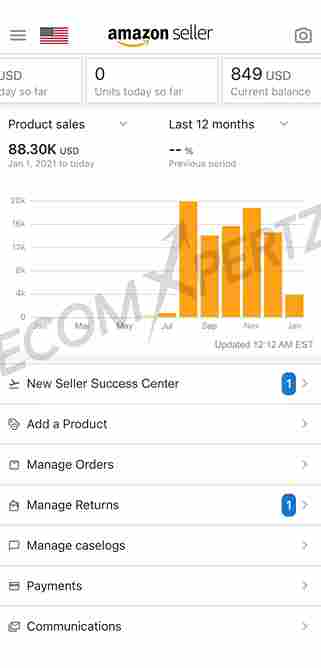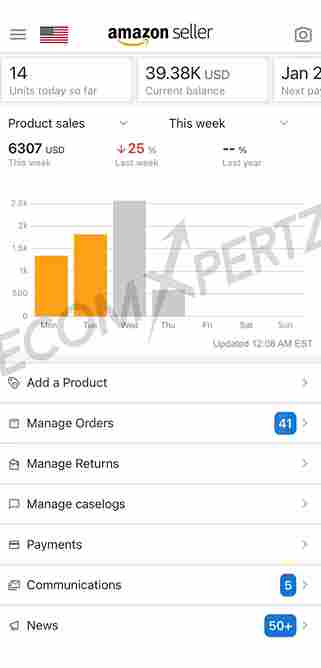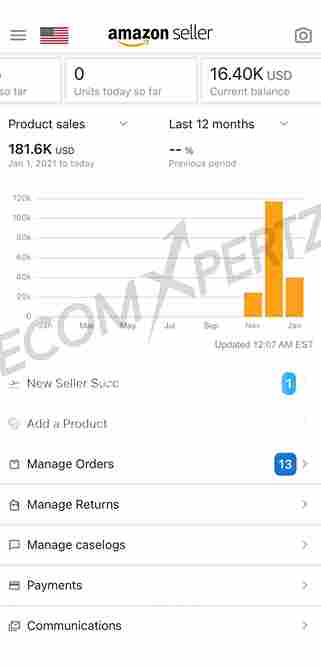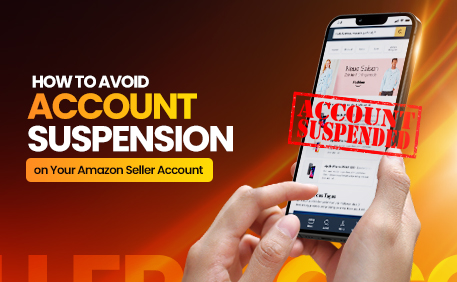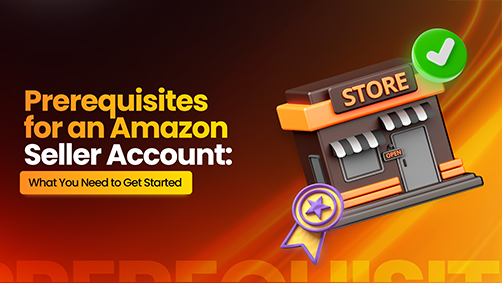Why Amazon Account Suspensions Happen
Amazon is committed to providing a safe and trustworthy shopping experience for its customers. To maintain this standard, Amazon has strict policies and performance metrics that sellers must follow. Violating these guidelines can lead to account suspensions, which can be a major setback for your business. However, with the right knowledge and practices, you can avoid these issues and keep your account in good standing.
Common Reasons for Account Suspension
Understanding why suspensions happen is the first step in avoiding them. Here are the most common reasons Amazon suspends seller accounts:
- Policy Violations: Selling restricted products, creating duplicate listings, or providing misleading product information can lead to suspensions.
- Poor Performance Metrics: Amazon tracks key performance metrics like Order Defect Rate (ODR), Cancellation Rate, and Late Shipment Rate. Failing to meet Amazon's standards can result in suspension.
- Inauthentic or Counterfeit Goods: Selling counterfeit or inauthentic products is a serious violation. Amazon strictly enforces its policy against counterfeit goods.
- Customer Complaints: High levels of negative feedback, A-to-Z claims, and chargebacks can trigger a suspension.
- Manipulating Reviews: Encouraging fake reviews, offering incentives for positive reviews, or manipulating ratings in any way is strictly prohibited.
How to Avoid Amazon Account Suspension
Step 1: Understand and Follow Amazon's Policies
- Read Amazon's Seller Guidelines: Familiarize yourself with Amazon's policies, including the Selling Policies and Seller Code of Conduct. Regularly review these guidelines, as Amazon updates its policies periodically.
- Check Product Restrictions: Some products require approval or are outright restricted. Before listing, ensure your products comply with Amazon's policies, including category-specific restrictions.
Step 2: Maintain Excellent Performance Metrics
- Order Defect Rate (ODR): Keep your ODR below 1%. This metric includes negative feedback, A-to-Z claims, and chargebacks. Focus on providing high-quality products and excellent customer service to maintain a low ODR.
- Cancellation Rate: Keep your pre-fulfillment cancellation rate under 2.5%. Ensure your inventory levels are accurately managed to avoid canceling orders due to stockouts.
- Late Shipment Rate: Keep your late shipment rate below 4%. If you're handling fulfillment, ensure orders are shipped promptly. For Amazon FBA sellers, Amazon manages this, but you still need to send inventory to fulfillment centers on time.
Step 3: Avoid Selling Inauthentic or Counterfeit Products
- Source Products from Reliable Suppliers: Only source products from legitimate and reputable suppliers. Keep records of invoices and purchase receipts to prove the authenticity of your products if questioned.
- Brand Registry: If you sell your own branded products, enroll in Amazon Brand Registry. This provides additional protection against counterfeiters and helps you maintain control over your product listings.
Step 4: Manage Customer Feedback and Complaints
- Provide Excellent Customer Service: Respond to customer inquiries promptly and professionally. Address any issues or complaints to prevent negative feedback and A-to-Z claims.
- Monitor Feedback: Regularly check customer feedback and reviews. If you receive negative feedback, take corrective action and, if appropriate, reach out to the customer to resolve the issue.
- Prevent Negative Feedback: Ensure product descriptions are accurate and match the actual product. Misleading information can lead to customer dissatisfaction and negative feedback.
Step 5: Comply with Review Policies
- Avoid Review Manipulation: Do not offer free products, discounts, or incentives in exchange for reviews. This violates Amazon's review policy and can lead to account suspension.
- Request Reviews Ethically: You can ask for reviews, but do so ethically. Use Amazon's "Request a Review" button or third-party tools that comply with Amazon's guidelines to solicit reviews.
Step 6: Monitor Your Account Regularly
- Account Health Dashboard: Regularly monitor your Account Health Dashboard on Seller Central. This dashboard provides an overview of your performance metrics and any policy violations.
- Stay Updated: Keep up with Amazon's policy changes and marketplace updates. Amazon frequently updates its policies, so staying informed is crucial.
What to Do If Your Account Is Suspended
Despite your best efforts, if your account gets suspended, take immediate action:
Identify the Reason: Review the suspension notice from Amazon to understand the cause.
Create a Plan of Action (POA): Outline the steps you’ll take to resolve the issue and prevent it from happening again. Be specific and address each point in Amazon's notice.
Submit an Appeal: Submit your Plan of Action through Seller Central. Ensure your appeal is clear, concise, and focuses on how you'll prevent future violations.
Conclusion
Preventing Amazon account suspension is about understanding and adhering to Amazon's policies, maintaining high performance metrics, and providing an excellent customer experience. By staying informed and proactive, you can avoid common pitfalls and ensure your Amazon selling journey is smooth and successful. Remember, it's better to prevent issues than to resolve them after a suspension occurs.
Get A Free
Consultation
Our Customer Feedback
Don’t take our word for it. Trust our customers.
Success Stories
Our ecommerce success stories speak for themselves! Multiple businesses and social platforms have benefitted greatly by making use of our quality e-commerce expertise to be able to gauge maximum profit margins as well as a greater customer base.










